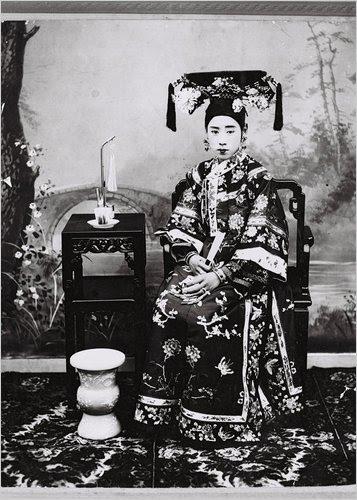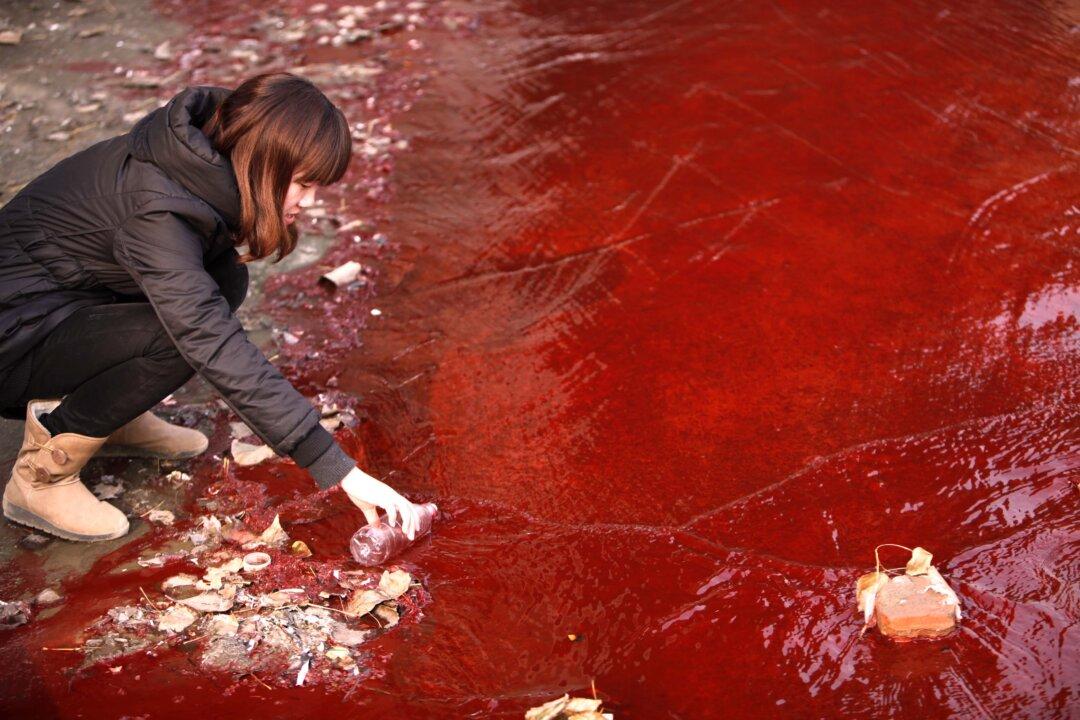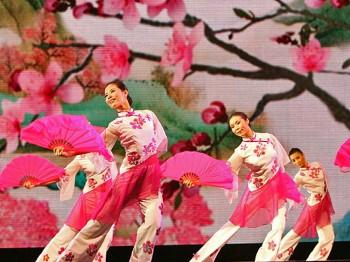The Manchu Woman From Head to Toe
Manchu Women from the Qing Dynasty, which ruled from 1644 to 1911, were known for three main elements of their outfit: a long gown, platform shoes, and an elaborate hairstyle.

Manchu women were known for their impressive coiffure as well as for their long embroidered gowns, loosly fitting and hanging down from the body. National Museum of China
|Updated:





